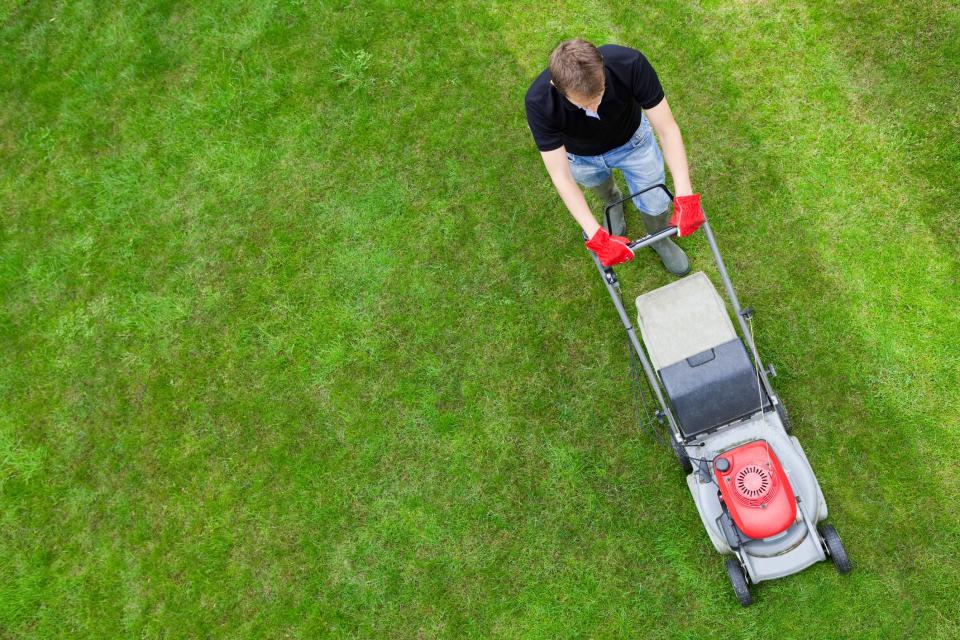Condo Column: The dawn of new lawns?

“A Lawn is Nature under Totalitarian Rule.” - Michael Pollan
If asked, most people would venture a guess that the most grown crop in the United States is corn or wheat. But far and way the most grown “crop” in America is grass. In fact, if you lumped the lawns together, a NASA-led study in 2005 estimated lawns would cover about 63,000 acres, i.e. about the size of Texas. In other words, we have more lawns in the United States than corn, wheat and fruit orchards combined.
Lawns, of course, are a big part of most condominium associations. They just plain look nice. Tidy, green (for the most part), well maintained and fun to walk on barefoot.
Our fascination with and love of lawns is yet another holdover from America’s European roots. A large, well manicured law was a sign of the aristocracy in Europe. (Think of Downton Abbey and virtually any movie that has an English set has a large, constantly attended to, lawn. Our front yard is our little slice of royalty. And who doesn’t want to feel a little special? And, of course, kids love to play on them.
Unfortunately, loving a lawn and keeping it beautiful, lush and green takes a lot of water. approximately 50% of a resident’s or a condo association's, water supply. That’s a lot for something we don’t really need and, if this summer is an indication of what’s coming, what we may not have much of it for very much longer. Just around the seacoast, while we’ve had occasional showers and a few, short, drenching thunderstorms, we haven’t had a rainy day since May.
Take a look at the landscaping budget for your Association. For some it is the largest, single line item in the budget, which helps keep condominium fees higher than they might need to be. And then, for the environmentally conscious association, there’s the lawn mowing. They suck up gas and pollute the air. By one study, hometowns sell some 17 million gallons of gas while filling up mowers. And we spread tens of millions of pounds of chemical fertilizer and pesticides on our lawns.
Lawns do serve more than an esthetic purpose. They can help restore groundwater by letting water sink in rather than run off the land, and because grass is a plant, though a very tiny one, it helps pull small amounts of carbon dioxide out of the atmosphere.
All of this means some associations may want, or eventually need, to start re-thinking how to tend to their common area yards and open spaces. Now that’s not to say there should be no lawns at your association, because they do decrease the simmering, blacktop desert parking lots in an association, but next year, when thinking about renewing your very expensive landscaping contract, maybe think about reducing the size of the lawn and plant other gifts of nature to help out your association.
Talk to your landscaper. That grassy space in the middle of the cul-de-sac? Think about spreading wildflower seeds and letting butterflies visit. Plant fruit trees and maybe draw a deer or three. Native plants abound, including lavender, bearded iris, foxtail lilies, bayberry, bearberry, ferns and others I neither know, nor can pronounce, but your landscaper should.
Be creative as a board of directors. Go wild. Literally.

Attorney Robert E. Ducharme is a former teacher whose civil practice is limited to condominium law, primarily in Rockingham and Strafford counties. He can be reached at red@newhampshirecondolaw.com and Ducharme Law, P.L.L.C., found at www.newhampshirecondolaw.com.
This article originally appeared on Portsmouth Herald: Condo Column: The dawn of new lawns?
